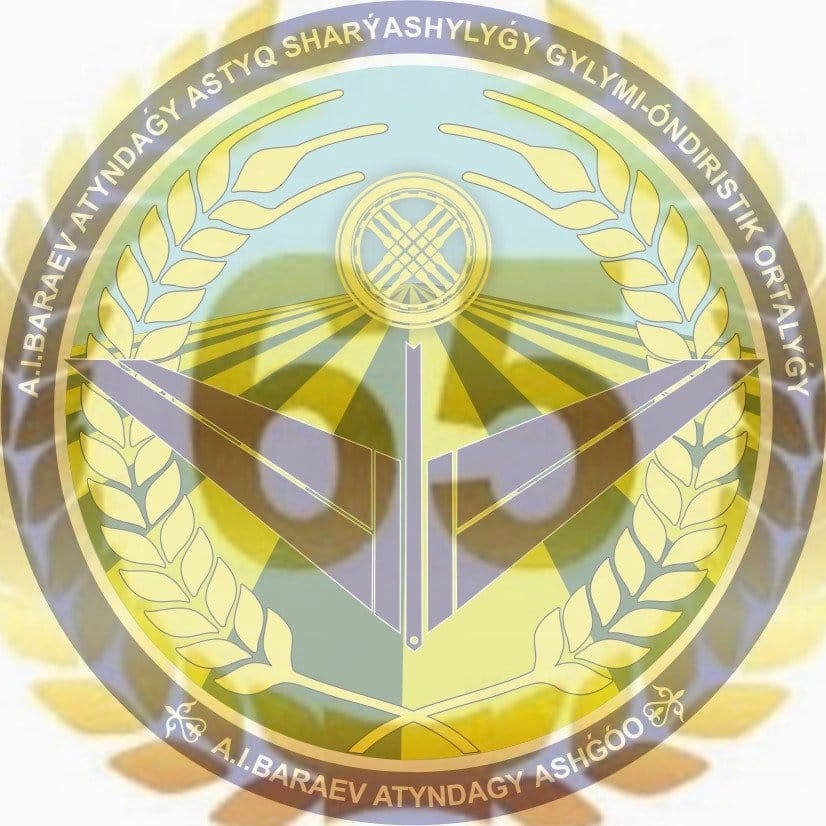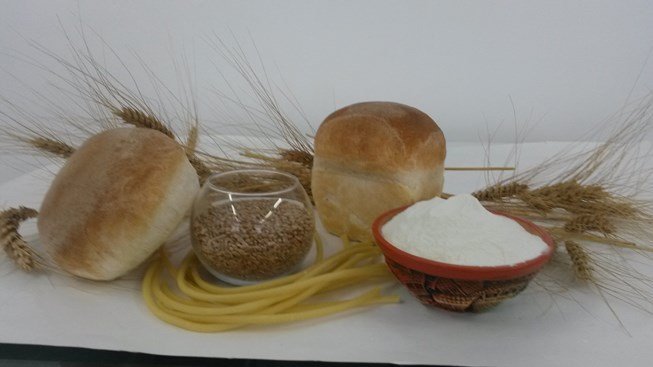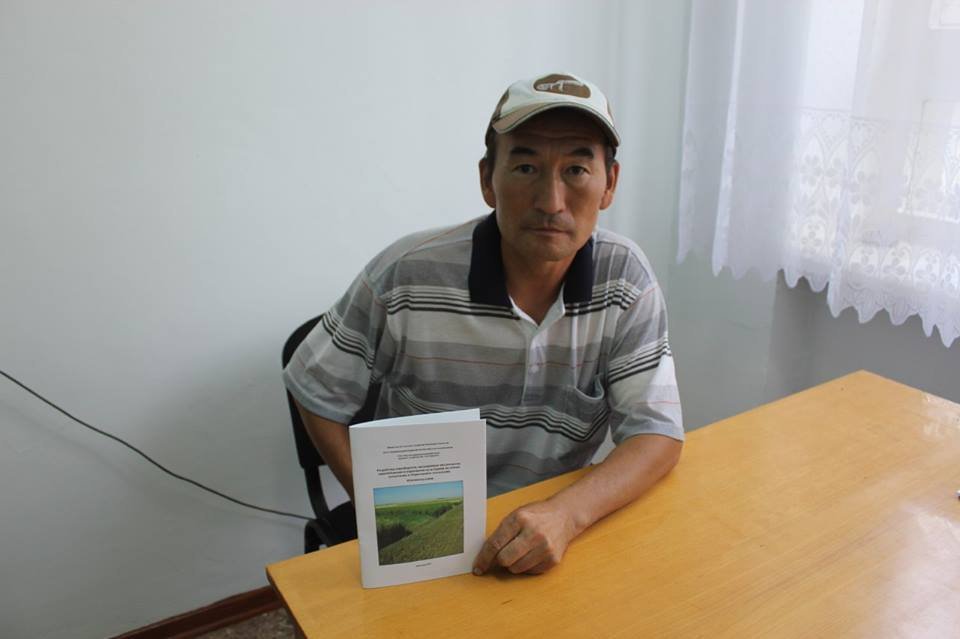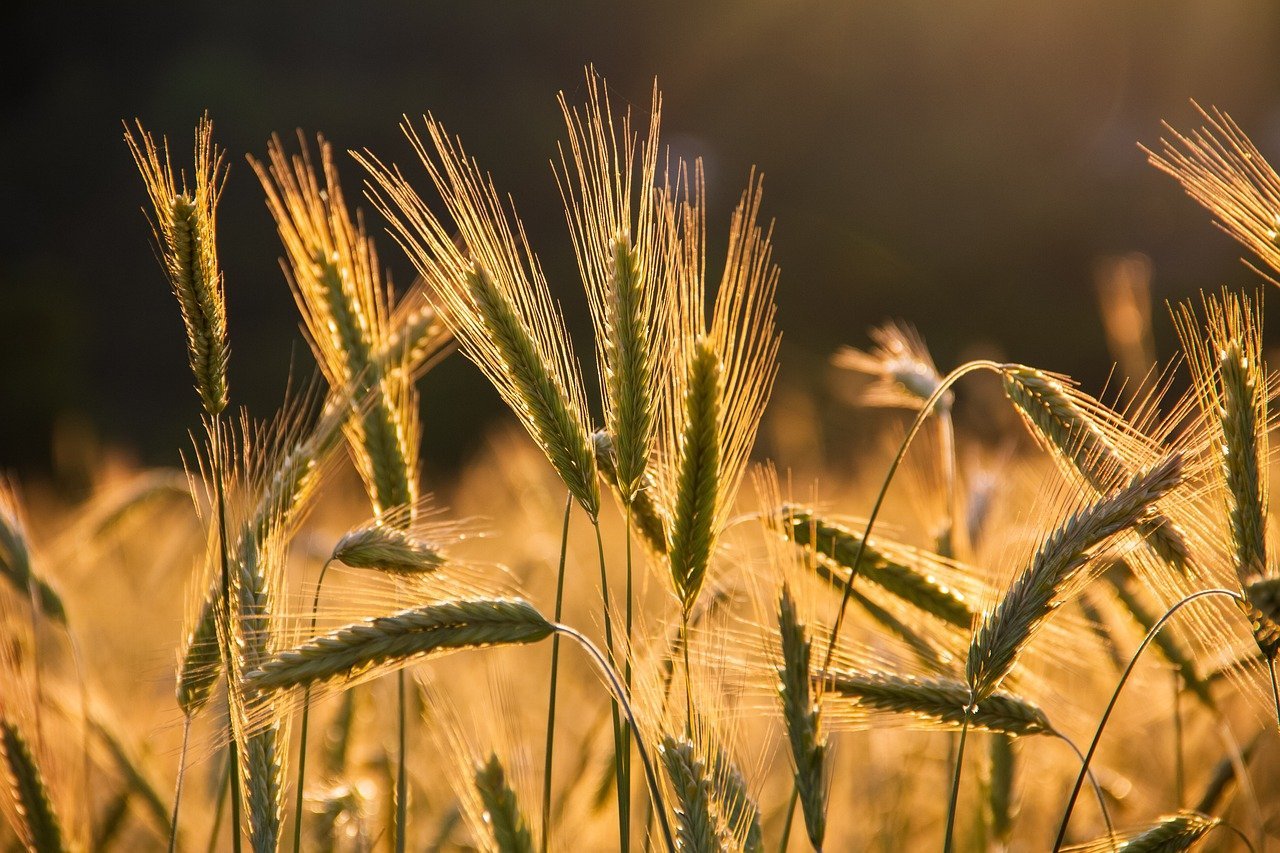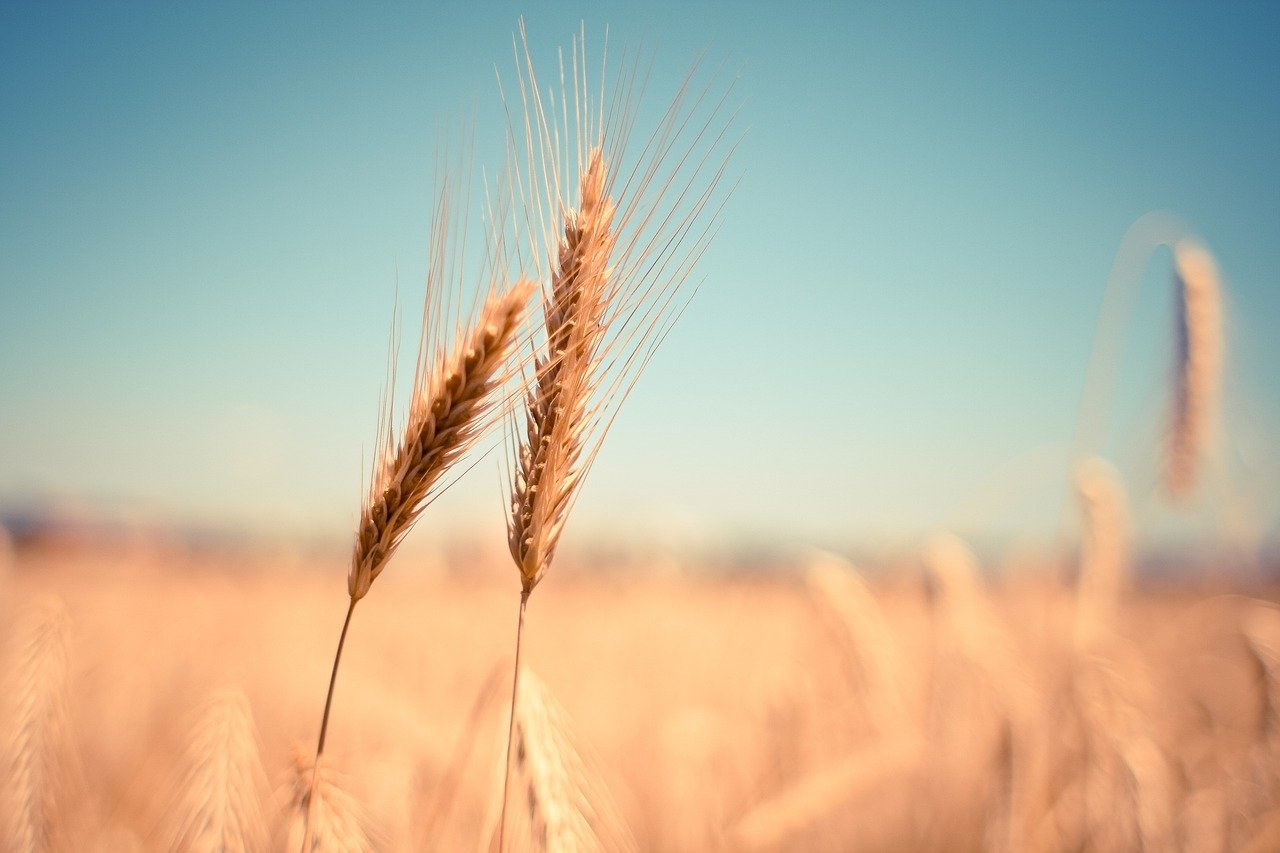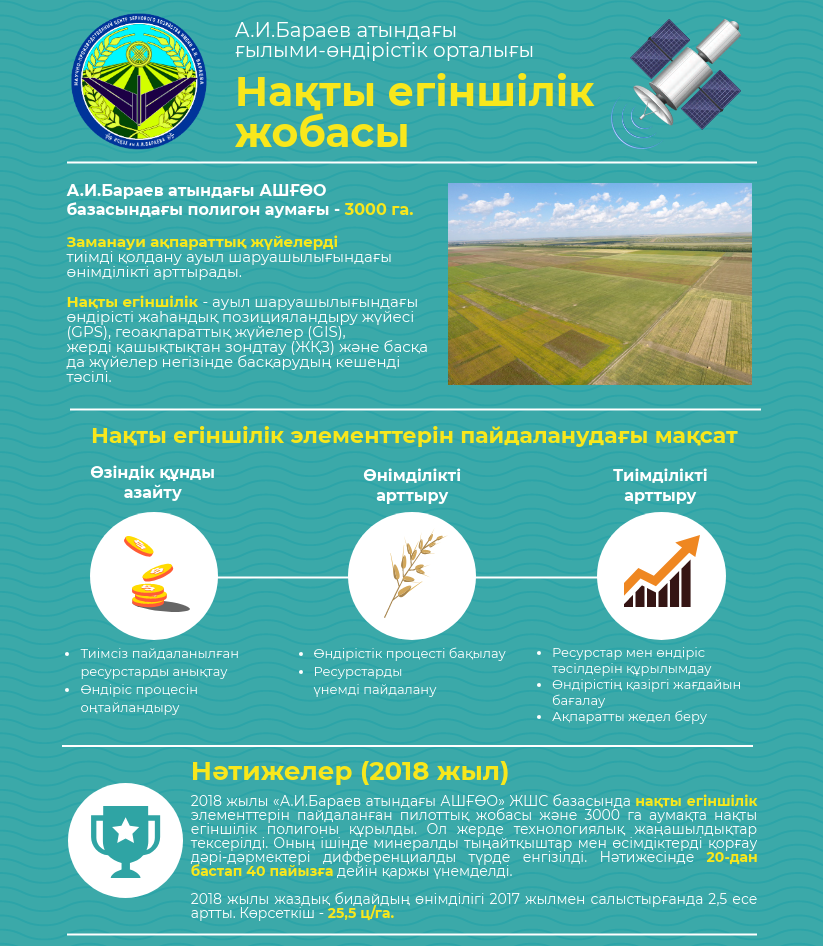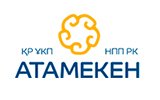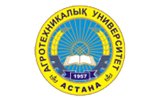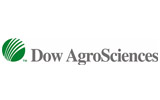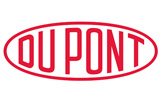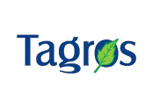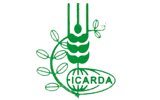OIL CULTURE SELECTION LABORATORY
About / Laboratory
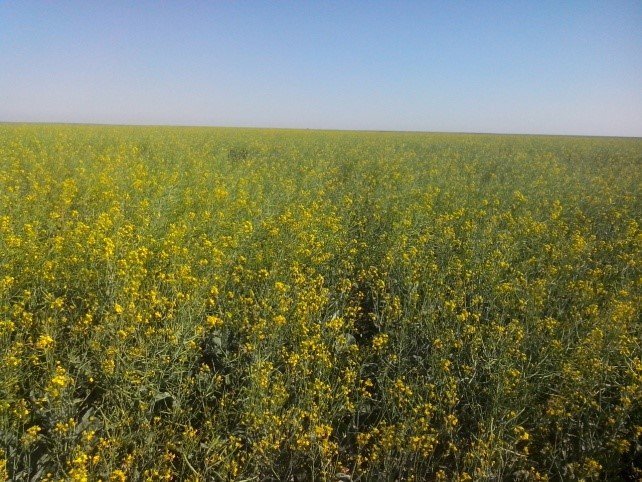 Oilseed breeding work was started in 1937 at the former Shortandy experimental station V.P. Kuzmin.
Oilseed breeding work was started in 1937 at the former Shortandy experimental station V.P. Kuzmin. A number of oil crops were studied to determine their suitability for cultivation in local conditions, their value and economic profitability, and selection tasks were determined. The most promising were sunflower, flax, saffron, and in some cases, gray mustard.
The work, begun in 1938, showed that local sunflower from Atbasar district appeared according to suitable biological properties. From this material, varieties were selected according to the usual scheme of multiple individual-family selection with simultaneous sowing of "halves" in spatially remote group isolators.
After a long break, flax selection was re-deployed in 1958. As a result of persistent searches through the district executive committees and the control and seed laboratories of the Kazakhstan Institute, a large collection material from local flax was collected, which was later supplemented with samples from the world collection of VIR and experimental stations of the Soviet Union. In practical breeding with oilseed, as with other crops, much attention was paid to individual single and multiple selection in order to continuously improve local breeding material.
1 080 -рет қаралды






